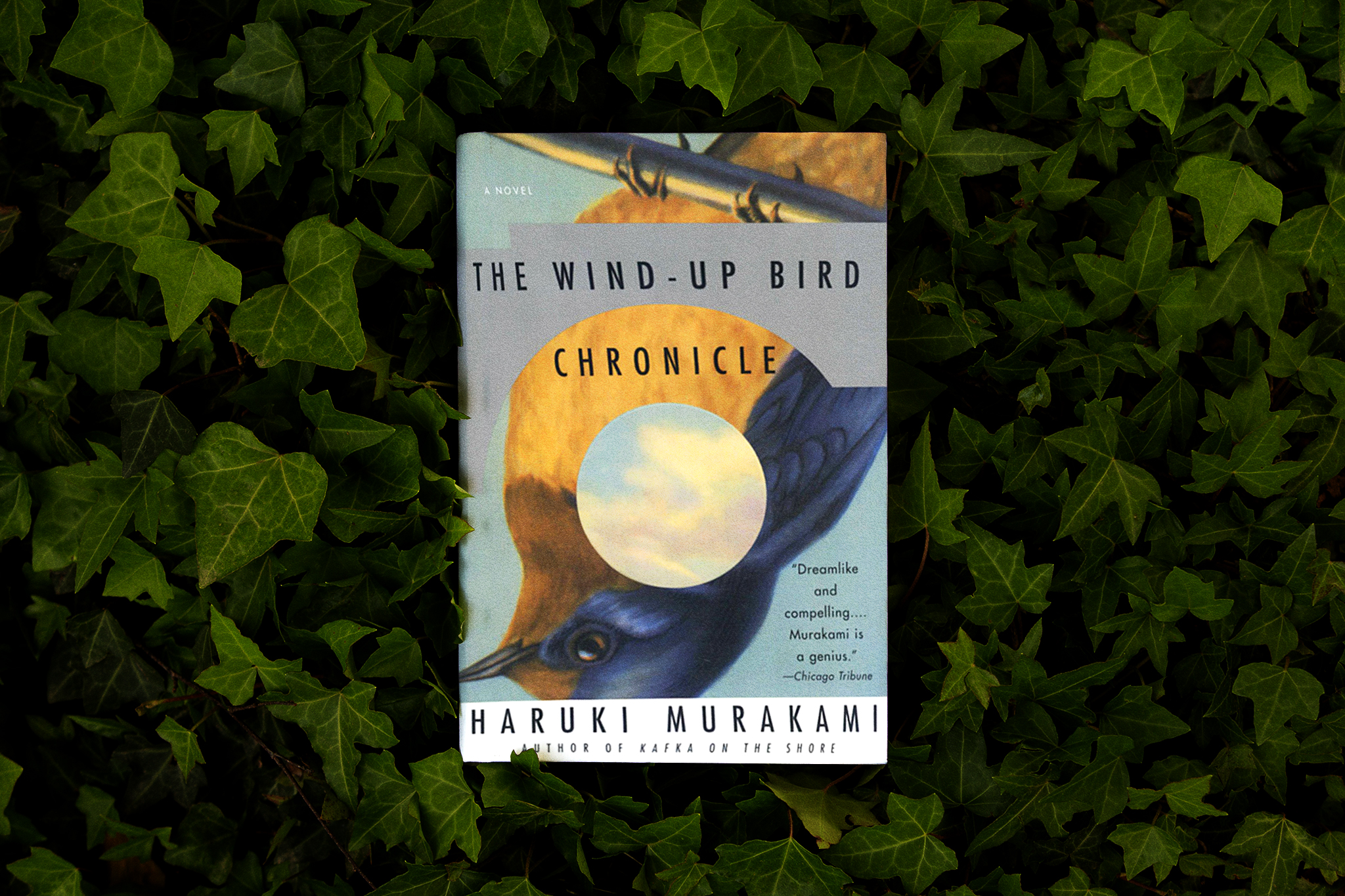
1.
A Wild Sheep Chase, 1982 (Translated by Alfred Birnbaum)
There are symbolic dreams — dreams that symbolize reality. Then there are symbolic realities — realities that symbolize a dream.
According to Murakami, the idea of becoming a writer came to him like an epiphany as he watched Dave Hilton hit a double for his beloved Yakult Swallows on the opening day of the season on April 1, 1978. His first book, Hear the Wind Sing, was published 15 months later. It was part of the so-called trilogy of “The Rat” along with Pinball, 1973 and A Wild Sheep Chase. Despite being nominated for the Akutagawa Prize for the first two, Murakami felt they were “flimsy” and “immature.” He considered A Wild Sheep Chase his “real starting point” as a novelist.
It’s a book that has been interpreted in several different ways by scholars. The story follows an unnamed, chain-smoking advertising executive who’s at a crossroads in his life after getting divorced. When his long-absent friend, the Rat, sends him a letter out of the blue alongside a postcard with a pastoral picture on it, he uses the photograph for an advertisement. This seemingly innocuous act kick-starts a series of events that eventually leads him on a wild sheep chase alongside a woman with magical ears. It’s a bizarre yet absorbing quasi-detective novel with more than a touch of magical realism.
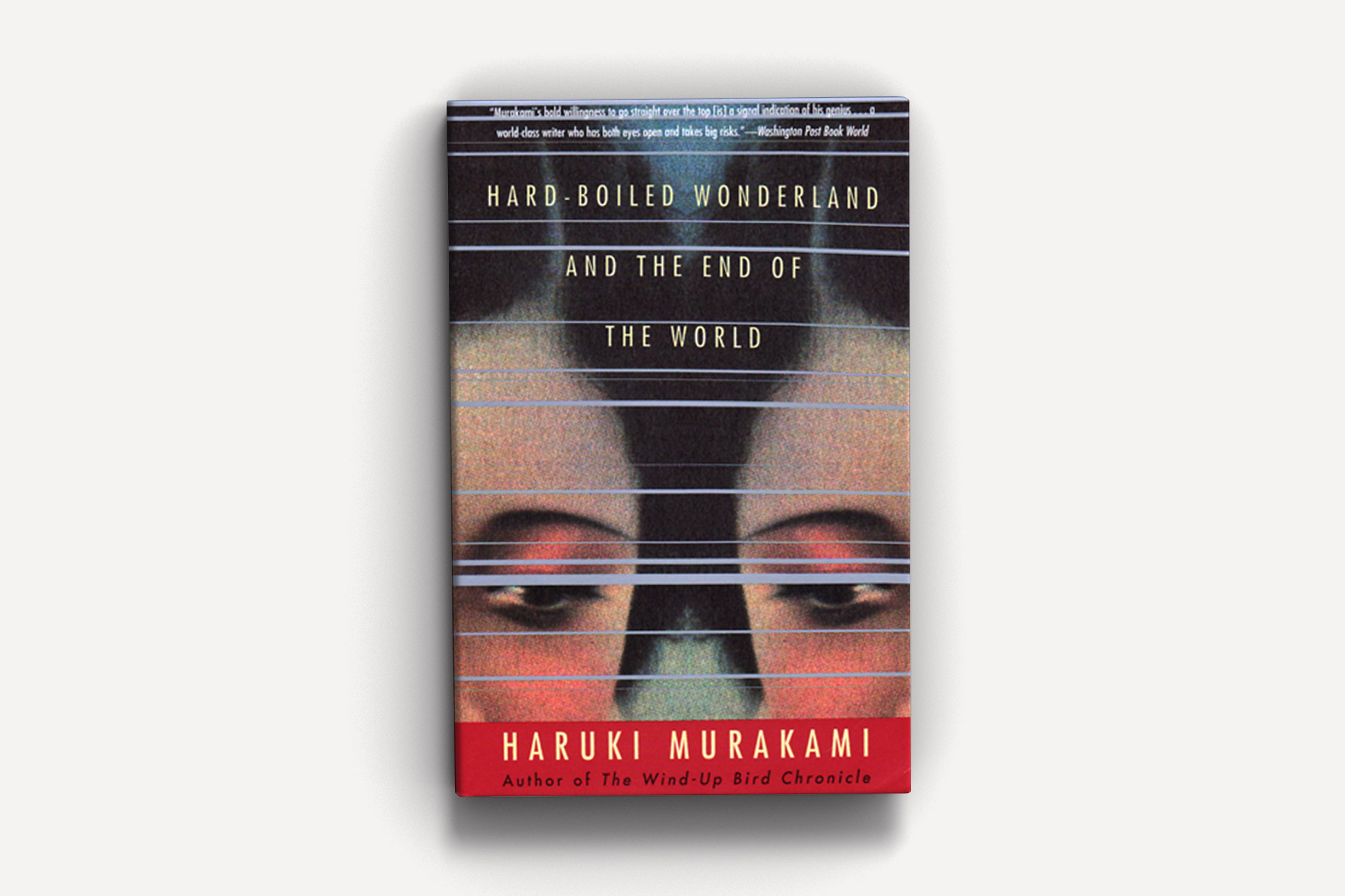
2.
Hard-Boiled Wonderland and the End of the World, 1985 (Translated by Alfred Birnbaum)
Two people can sleep in the same bed and still be alone when they close their eyes.
Winner of the 1985 Tanizaki Prize, Hard-Boiled Wonderland and the End of the World influenced director Rian Johnson for his science fiction thriller Looper. As with A Wild Sheep Chase, it’s a complex and weird story with a dream-like quality. The novel switches between two parallel universes. The odd-numbered chapters, written in the past tense in the English version, take place in the “Hard-Boiled Wonderland,” a dystopian cyberpunk version of Tokyo in which a secret information war is occurring. The even chapters, written in the present tense, then deal with “The End of the World,” a utopian town surrounded by an impenetrable wall.
The outlandish tale incorporates various literary genres with two separate worlds that initially seem to be completely unconnected. As the story develops, however, we realize that one represents the narrator’s reality while the other is his subconscious. “I knew there would be some conclusion and that the two stories could come together, but I can’t say I knew why,” said Murakami in an interview with singer and songwriter John Wesley Harding. “If you plan everything, you’d be kidding your subconscious. So, I don’t plan anything. I cannot explain why, but I knew this was the right way to approach the story.”
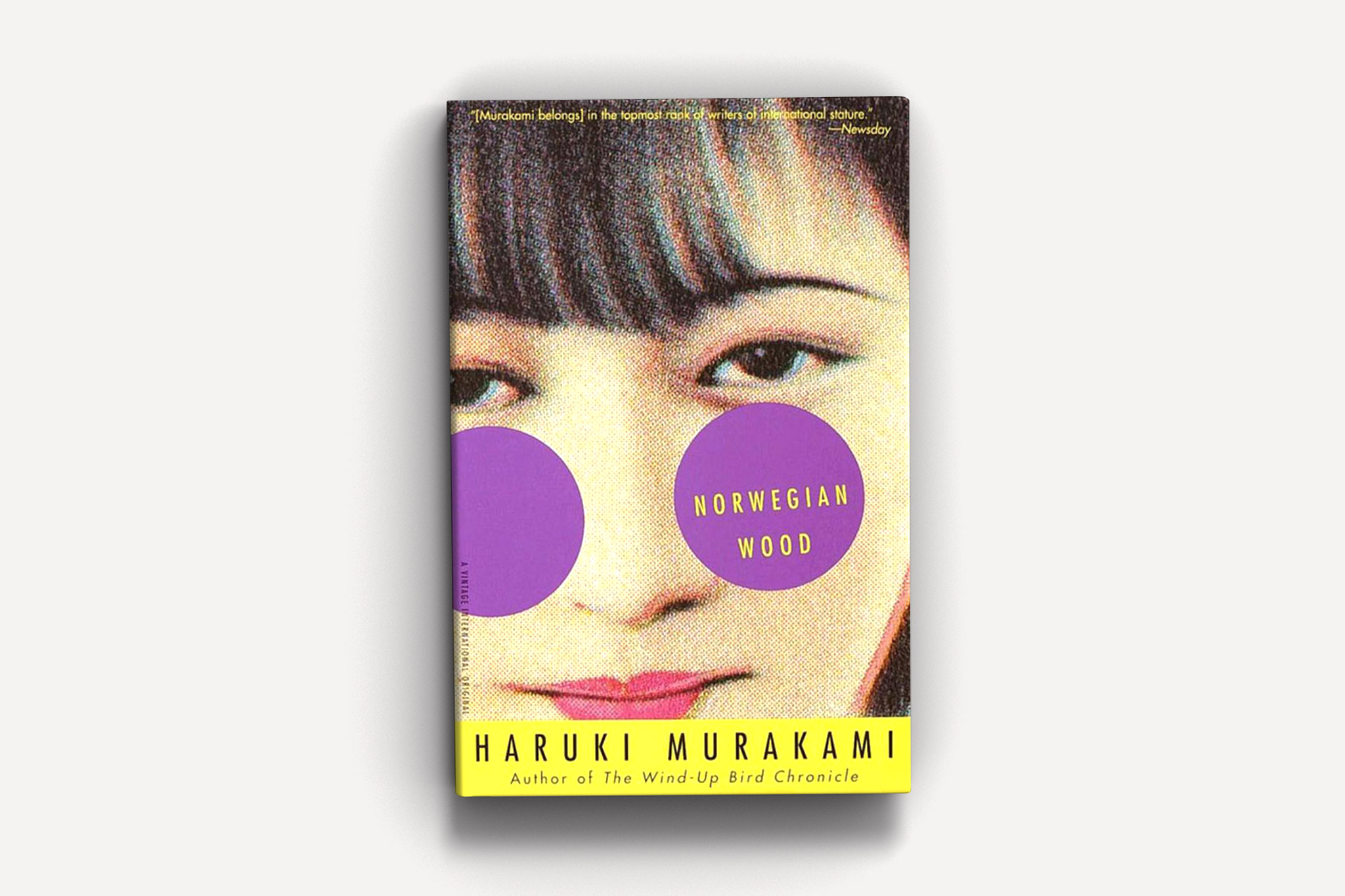
3.
Norwegian Wood, 1987 (Translated by Alfred Birnbaum and Jay Rubin)
No truth can cure the sorrow we feel from losing a loved one. No truth, no sincerity, no strength, no kindness can cure that sorrow.
The novel that propelled Haruki Murakami to global stardom, Norwegian Wood, which was translated into English twice, has sold well over 10 million copies worldwide and more than 4 million in Japan alone. As well as being his most well-known book, it’s also his most linear and realistic. “I did this intentionally, of course,” he told BookBrowse. “I wanted to prove to myself that I could write a 100% realistic novel. And I think this experiment proved helpful later on. I gained the confidence I could write this way; otherwise, it would have been pretty hard to complete the work that came afterwards.”
The story is told from the perspective of an aloof 37-year-old named Toru Watanabe. Arriving in Hamburg, he hears an instrumental version of the Beatles’ track “Norwegian Wood,” which transports him back to his university days as it was the favorite song of his emotionally troubled ex-girlfriend Naoko. They started dating after Kizuki, her boyfriend and his best friend, took his own life. Watanabe eventually finds himself caught in a love triangle after meeting the bewitchingly idiosyncratic Midori. Critics have suggested Norwegian Wood is semi-autobiographical, something Murakami has denied. A 2010 movie based on the novel was directed by Tran Anh Hung.
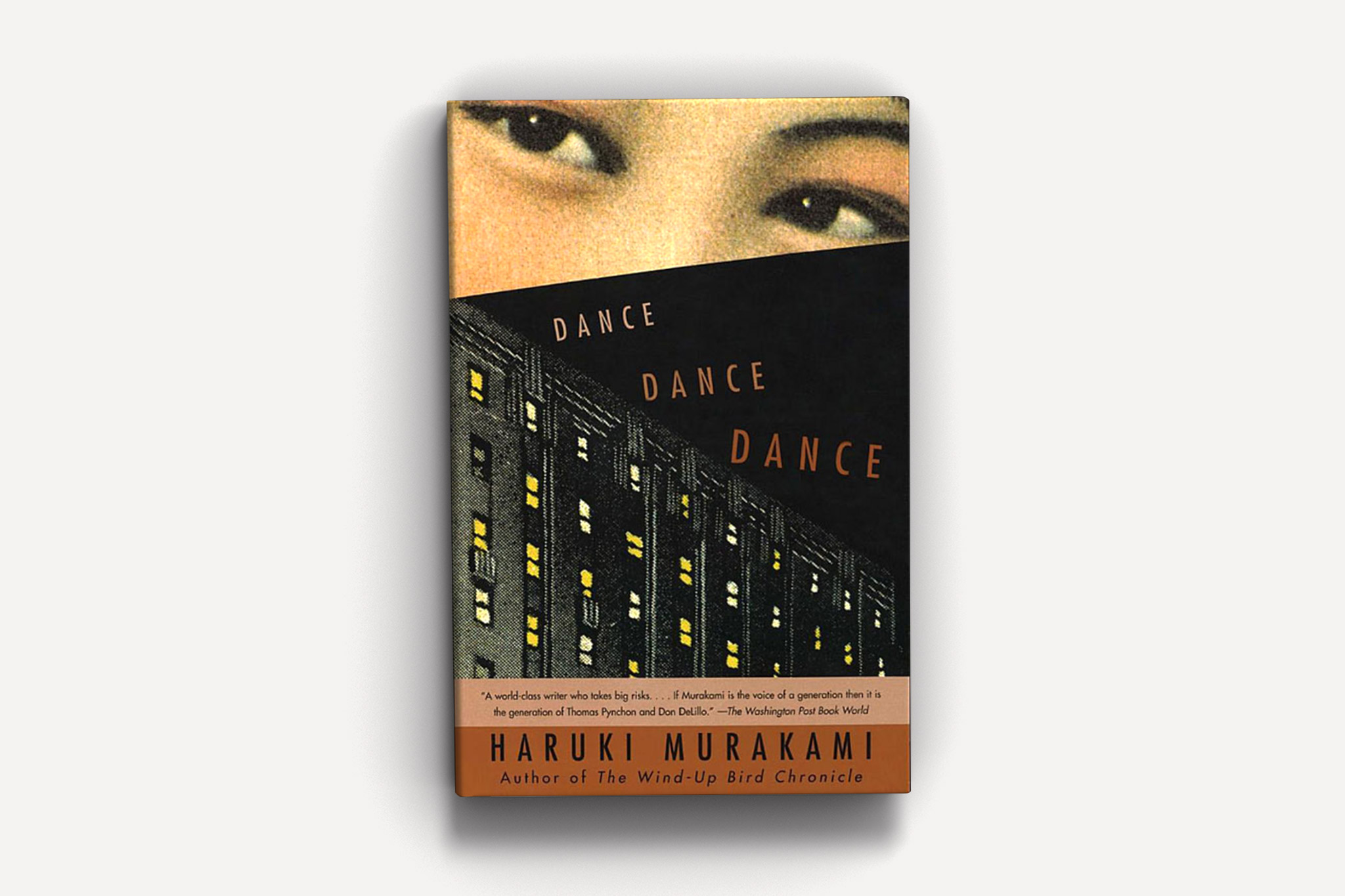
4.
Dance Dance Dance, 1988 (Translated by Alfred Birnbaum)
The past increases, the future recedes. Possibilities decreasing, regrets mounting.
Following the huge success of his most straightforward novel, Norwegian Wood, Murakami returned to the style he’s most well-known for, i.e., mixing hardboiled fiction inspired by Raymond Chandler’s Philip Marlowe books with magical realism, for his next release. Dance Dance Dance, like his previous story and the following one (South of the Border, West of the Sun), was named after a song title. Curiously, though, the song in question wasn’t The Beach Boys 1964 hit, but rather a soul track by The Dells. This is surprising when you consider how often Murakami mentions the Beach Boys in his books, including this one.
Though not seen as part of “The Rat” series, Dance Dance Dance is considered a sequel to A Wild Sheep Chase as it continues the adventures of the unnamed narrator. He returns to Sapporo’s mysterious Dolphin Hotel, now a luxurious accommodation named l’Hôtel Dauphin. While there, he attempts to track down Kiki, his old flame with magical ears, who abandoned him in the previous book. The most intriguing character, though, is Yuki, a stand-offish 13-year-old girl with inchoate psychic powers. Unlike many Murakami novels, there’s closure at the end and that’s why Maggie Ivanova adapted it into a play in Hawaii.
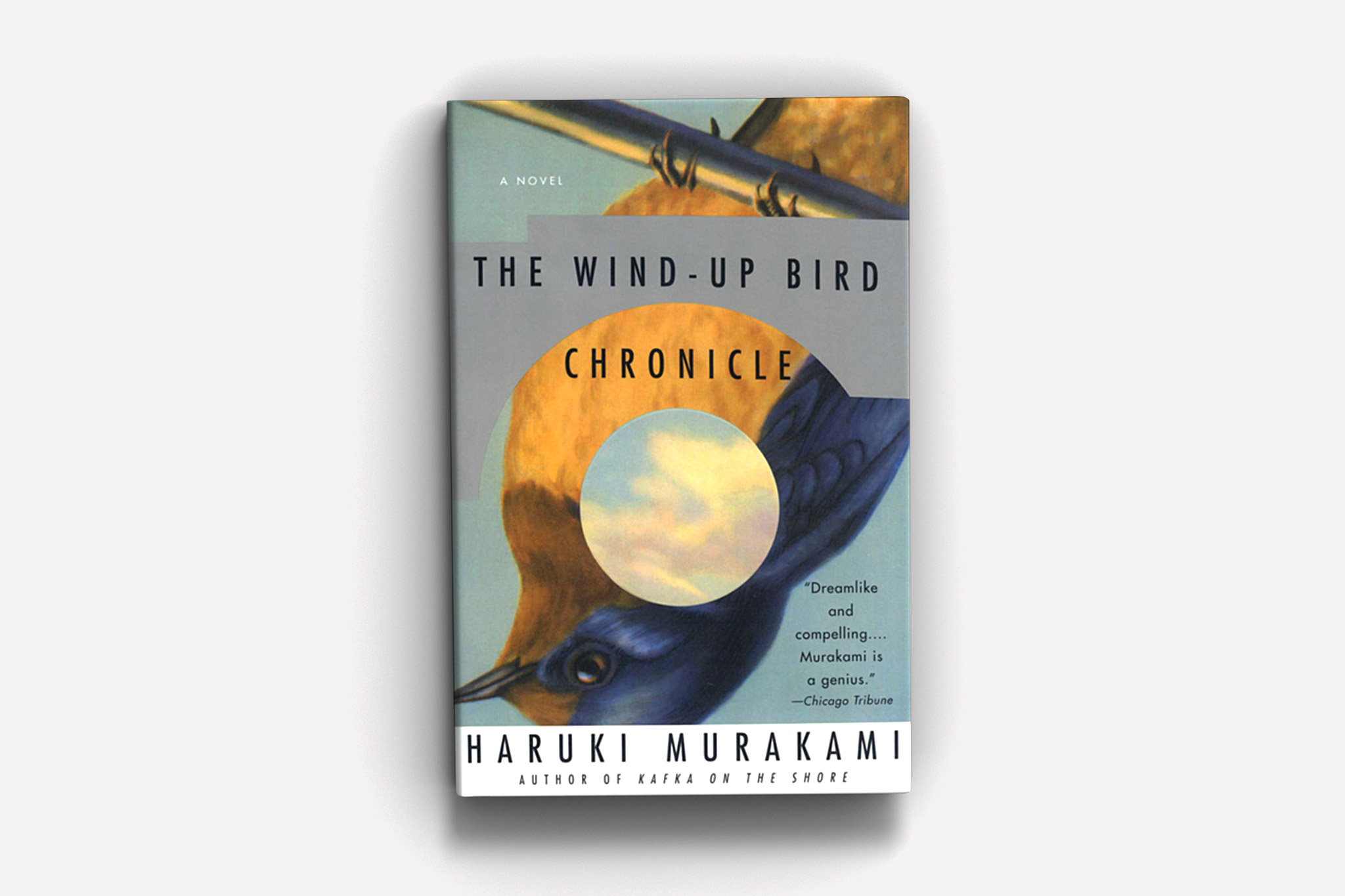
5.
The Wind-Up Bird Chronicle (Translated by Jay Rubin)
We convince ourselves that we know the other person well, but do we really know anything about anyone?
Despite being panned as “a fragmentary and chaotic book” by The New York Times critic Michiko Kakutani, The Wind-Up Bird Chronicle is regarded by many as Murakami’s magnum opus. It featured in both The Telegraph’s “10 Best Asian Novels of All Time” list and in Peter Boxall’s 1001 Books You Must Read Before You Die collection. The gripping novel also won the Yomiuri Literary Award, with Murakami receiving the prize from Kenzaburo Oe. The Nobel laureate once disparaged Murakami as a “lightweight pop talent.” However, after reading The Wind-Up Bird Chronicle, he saw him as a serious writer.
The original Japanese edition was separated into three books named after classical music pieces: “The Thieving Magpie” after Gioachino Rossini’s overture, The “Prophesying Bird,” a reference to Robert Schumann’s “Prophet Bird” and “The Bird Catcher Man,” relating to an aria from Mozart’s comic opera, The Magic Flute. In typical Murakami style, the protagonist and narrator is a passive guy in his 30s living a fairly mediocre life. The novel begins with him searching for his wife’s missing cat. It then meanders in all kinds of directions, including, most interestingly, a mystical war story focusing on the atrocities committed by Japanese soldiers in China.
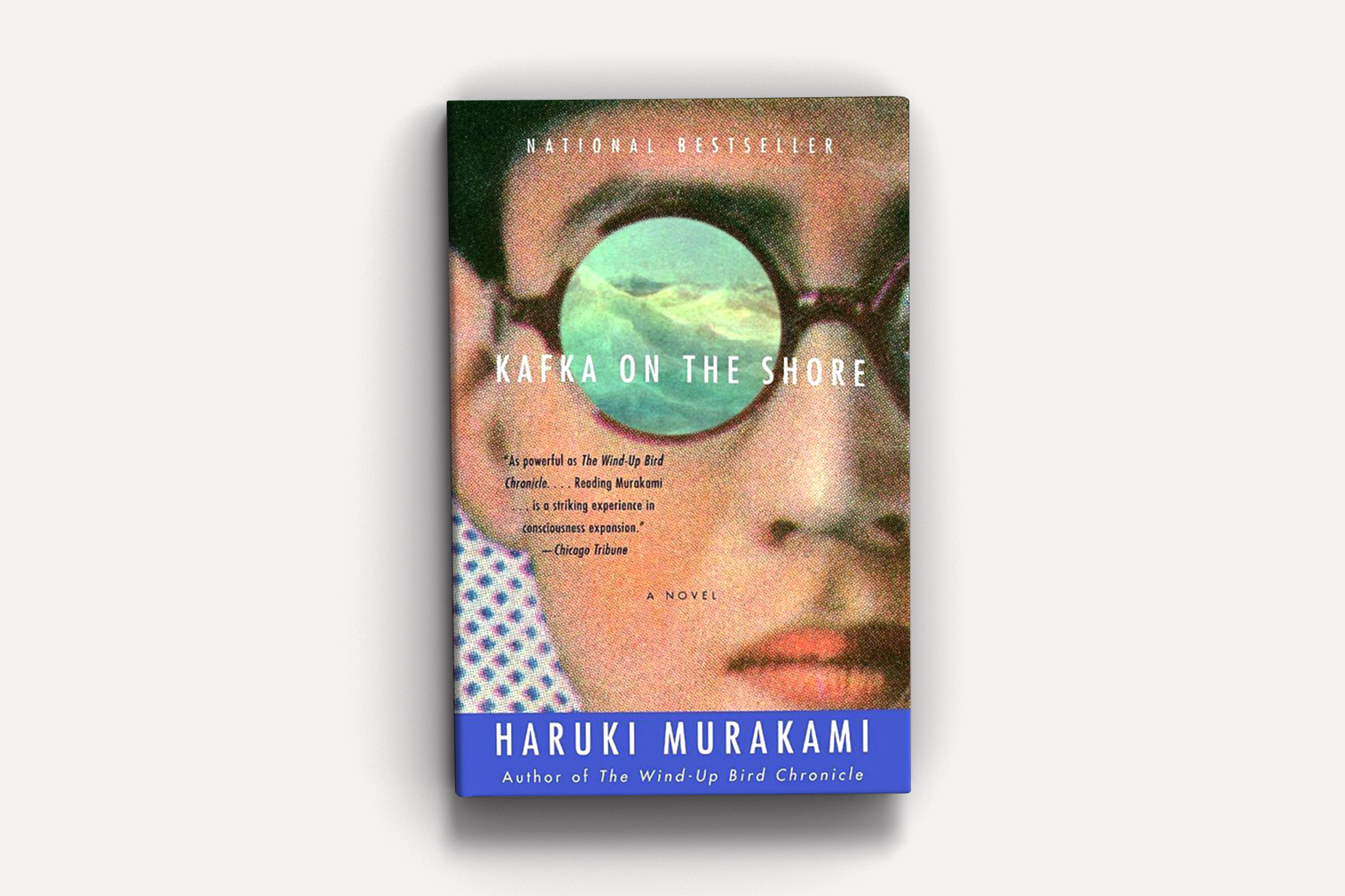
6.
Kafka on the Shore, 2002 (Translated by Philip Gabriel)
If you remember me, then I don’t care if everyone else forgets.
As with many of Murakami’s novels, Kafka on the Shore is an obscure piece of writing full of oneiric and metaphorical elements. Many strange things happen without any clear explanations and for that reason, the Japanese publisher decided to launch a website giving readers the opportunity to send any queries they had about the book to the author. It garnered around 8,000 submissions, with Murakami responding to 1,200 of those. “What I concluded from this exchange was that the key to understanding this novel lies in reading it multiple times…. Kafka on the Shore provides several riddles but there aren’t any solutions,” said Murakami.
With talking cats and creatures falling from the sky (reminiscent of the great magic realist novel One Hundred Years of Solitude by Gabriel Garcia Márquez), it’s one of Murakami’s most surreal novels. And that’s saying something. One of the big differences about this story compared to most of his others is the fact that it doesn’t revolve around an unremarkable 30-something guy. The two main characters are a 15-year-old boy named Kafka Tamura, who escapes after being told by his father he is fated to kill him and have sex with his mother — in other words, a modern retelling of Oedipus Rex by Sophocles — and Satoru Nakata, a veteran who lost most of his mental faculties as a child.
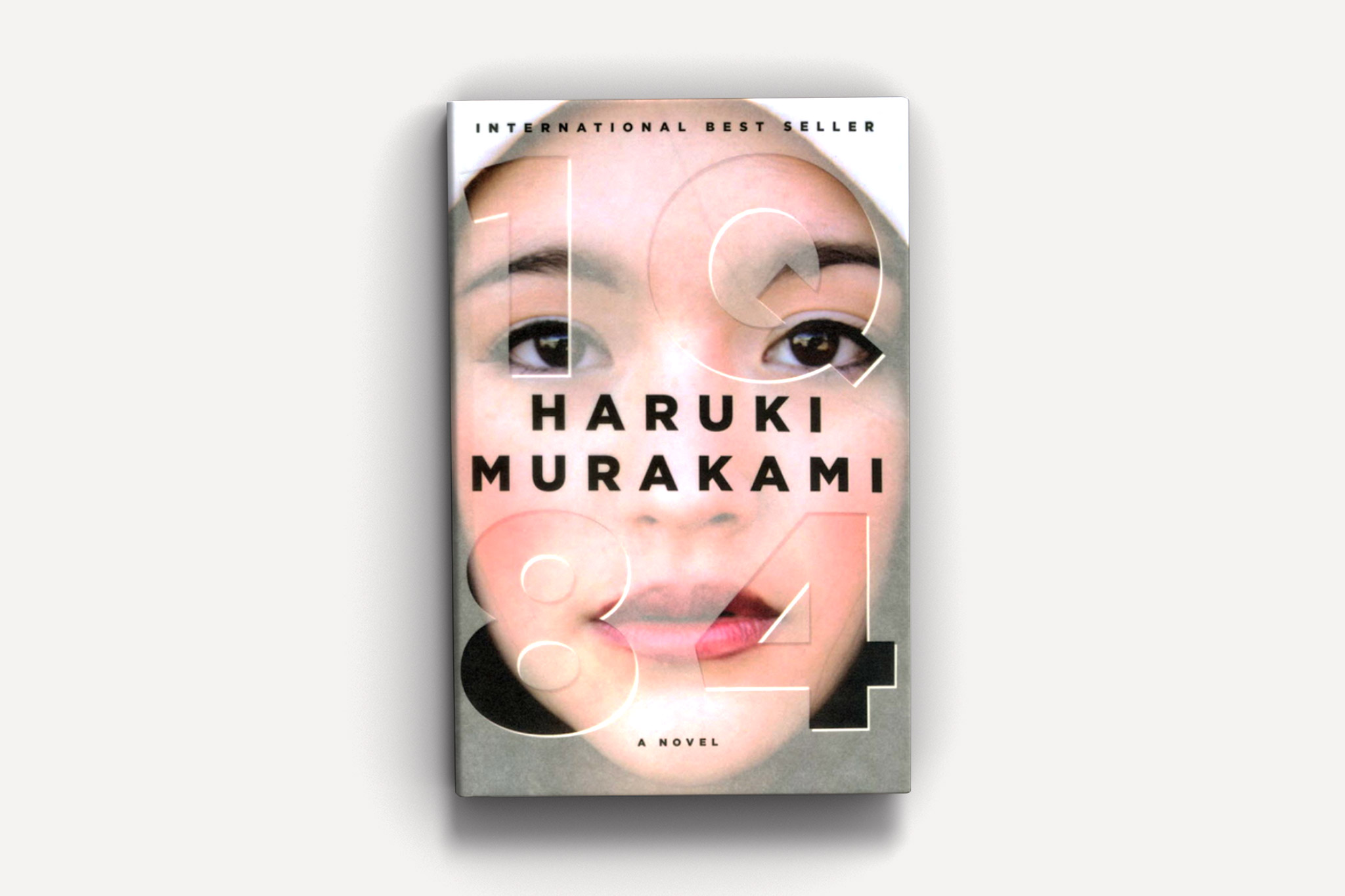
7.
1Q84, 2009-10 (Translated by Jay Rubin and Philip Gabriel)
In this world, there is no absolute good, no absolute evil. Good and evil are not fixed, stable entities, but are continually trading places.
Even after completing Underground, a collection of interviews with victims of Aum Shinrikyo’s sarin gas attack, plus eight members of the cult itself, Murakami was still curious about the incident and continued attending hearings involving the assailants. He was particularly interested in Yasuo Hayashi and wanted to gain a better understanding of the killer’s mindset. This, he says, “served as a starting point” for his 12th novel, 1Q84. Another inspiration for the book was, of course, a certain dystopian social science fiction tale published in 1949. Murakami stated that he’d “long wanted to write a near-past novel similar to George Orwell’s futuristic novel 1984.”
Unsurprisingly, it proved a huge success. Most of 1Q84’s print-run sold out in a day. Within a month, sales exceeded 1 million. As with several of Murakami’s novels, it’s a dual narrative with two protagonists whose stories intertwine. We’re first introduced to a woman named Aomame, who grew up in a strict religious sect and is now moonlighting as a cold-blooded assassin while working as a fitness instructor during the day. We then switch to Tengo Kawana, an unpublished author commissioned to rewrite a novel by a teenager. A survey taken by The Asahi Shimbun voted 1Q84 as the best book of the Heisei era.
More From This Series
Check out other articles from our List of 7 series:

